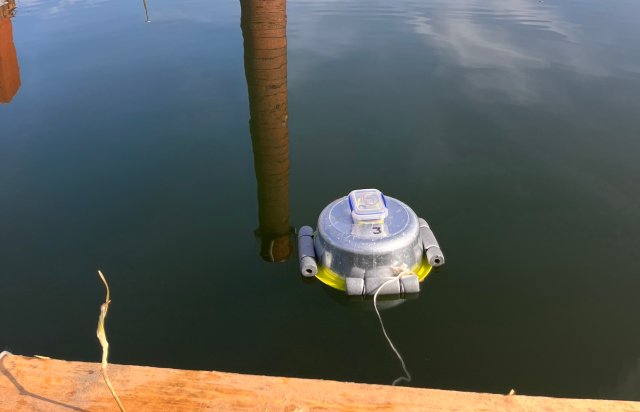EpicCanal
EpicCanal will help identify the best management option for historically polluted site near Liepaja, Latvia. Norwegian expertise on contaminated sediments from NIVA and NGI will be provided to local authorities.

About the project
Project name: Elaboration of the feasibility study for the develoPment of the hIstorically Contaminated sediment disposal site of the Liepaja port Karosta CANAL - EpicCanal
Project promoter: Liepaja Special Economic Zone Authority (LSEZ)
Project partners: The Norwegian Institute for Water Research (NIVA) and The Norwegian Geotechnical Institute (NGI).
The historically polluted Karosta Canal is a unique site in Latvia and also in the whole Eastern Baltic Sea region. The Karosta Canal in Liepaja port is an artificial infrastructure that was built at the end of 19th century for needs of Russian imperial navy fleet. Over the second half of the 20th century, this territory has been a closed military zone for the navy force of the Union of Soviet Socialistic Republics (hereinafter USSR), which were active in Latvia until their demobilisation in 1994.
The Karosta canal was exploited during the USSR period without considering the negative impacts on the environment, e.g., spilling during refueling of navy vessels, polluted sewage discharge with high loads of heavy metals and oil products significantly exceeding environmental norms.
As a result of improper management, toxic substances (oil products and heavy metals) have accumulated in the sediments of the canal threathening aquatic ecosystems in the Canal and the nearby coastal environment of the Baltic Sea. Already in 1992, the Helsinki Commission (HELCOM) mentioned Liepaja Karosta as one of the most polluted military sites in the Baltic Sea region, and remediation of pollution in the Karosta canal was included in HELCOM Baltic Sea Action plan.
The Karosta canal is included in the Register of polluted and potentially polluted sites under No. 17004/5138 and included in the list of HELCOM Baltic Sea “hot spots” – Hot Spot No. 48 “Liepaja city and port”.
Recently, in 2015 and 2023, large quantities of contaminated sediment have been dredged from the Karosta Canal and disposed into a nearby 7 ha closed water basin. The current project is focussing on evaluating the management options of this disposal site.
Objective of the project
The aim of the project “Elaboration of the feasibility study for the development of the historically contaminated sediment disposal site of the Liepaja port Karosta Canal” is to develop a feasibility study of the development and further management of the disposal of the contaminated sediments of the Karosta Canal.

The role of NIVA:
Jointly with colleagues from NGI, NIVA’s researchers are estimating the environmental impacts of the different management options for the disposal site. Management options include to cap the contaminated sediments of the disposal site, to add floating solar panels at the water surface or to fill the water basin completely and convert it into land.
NIVA is responsible for modelling the leaching of contaminants form the disposal site into the main channel, quantify greenhouse gas emissions from the site following the different management options and quantify the potential negative impacts or benefits of operating floating solar panels on the disposal site.
 François Clayer
François Clayer